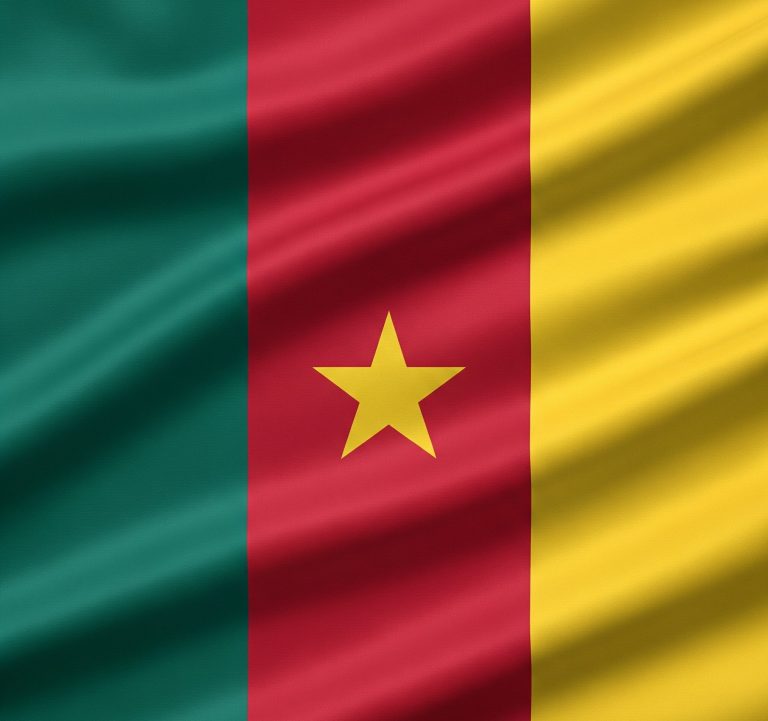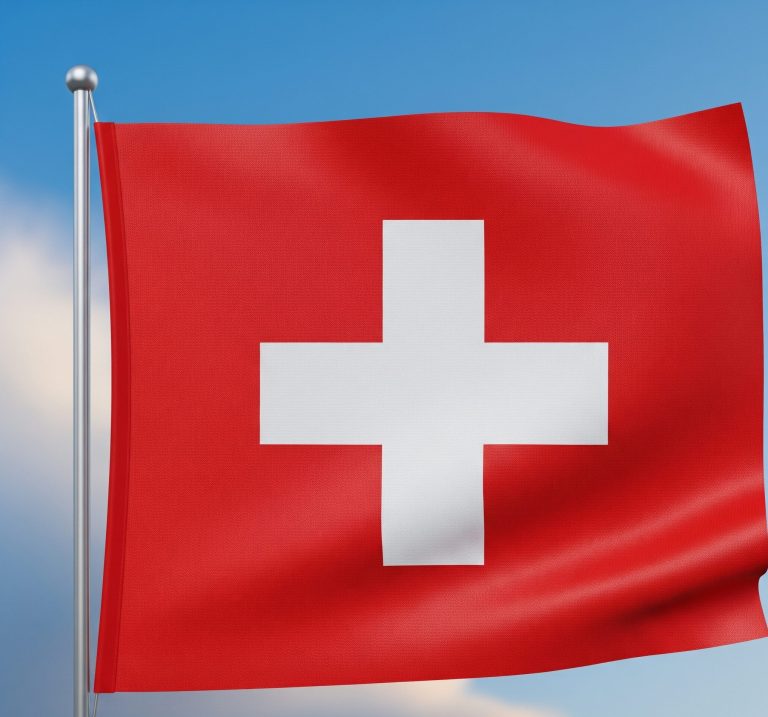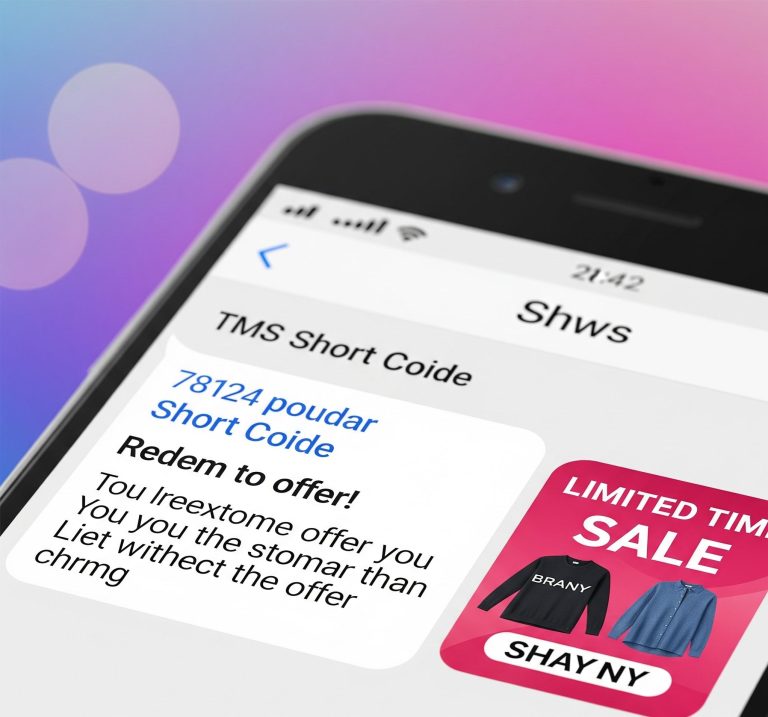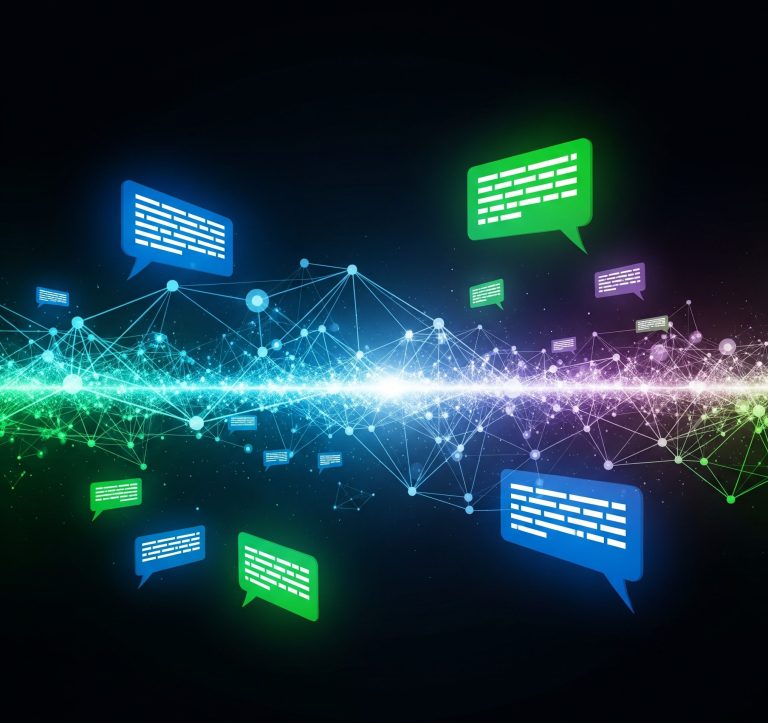In the vast landscape of telecommunications, phone numbers serve as unique digital addresses, connecting individuals and businesses across the globe. For residents of the United States, understanding area codes is fundamental to making and receiving calls, identifying callers, and even recognizing potential scams. While some area codes are widely recognized, others might prompt the question: what area code is 622? This article delves into the intricacies of U.S. area codes, specifically addressing the mysterious “622,” and provides a comprehensive guide for an American audience.
Contents
The North American Numbering Plan: A Brief Overview
To understand why some area codes are readily identifiable and others, like the elusive “622,” are not, it’s essential to grasp the basics of the North American Numbering Plan (NANP). The NANP is the system used for assigning telephone numbers in the United States, Canada, and several Caribbean nations. It structures phone numbers into a 10-digit format: a three-digit area code, followed by a three-digit central office code (exchange), and finally a four-digit line number.
The Federal Communications Commission (FCC) in the U.S. oversees the implementation of the NANP, ensuring that sufficient numbers are available to meet demand. Area codes are typically assigned geographically, with specific codes corresponding to particular regions or cities.
What Area Code is 622? The Truth Revealed
Here’s the definitive answer to the question: what area code is 622?
As of the current numbering plan, there is no active or assigned area code 622 in the North American Numbering Plan (NANP).
This means that if you encounter a phone number beginning with 622 in the United States, it is highly likely to be:
- A non-existent number: The number simply isn’t valid within the NANP.
- A spoofed number: Scammers often “spoof” their caller ID to display fake or non-existent numbers to avoid detection.
- A number from an international location outside the NANP: While this article focuses on the U.S., it’s worth noting that other countries have different numbering plans. However, a “622” prefix is not a standard international direct dialing (IDD) code either.
- A test number or internal company extension: In rare, highly specialized circumstances, some private networks or internal systems might use non-standard numbering for internal testing or extensions that are not connected to the public telephone network. However, these would not be reachable via standard dialing from outside the private network.
Why Area Codes Go Unassigned
The NANP carefully manages the allocation of area codes to ensure efficiency and prevent exhaustion of available numbers. New area codes are introduced through “overlays” or “splits” when existing codes in a region are running out of numbers. The process involves extensive planning and public consultation.
Codes like “622” remain unassigned for various reasons, including:
- Reserved for future use: Some number blocks are held in reserve for potential future expansion of the numbering plan.
- Technical limitations: Certain number combinations might be reserved or avoided due to technical considerations within the telecommunications infrastructure.
- Preventing confusion: Avoiding codes that could be easily mistaken for existing ones or emergency numbers.
The Importance of Verifying Unfamiliar Area Codes
Given that what area code is 622 is an unassigned code, encountering it in a call or message should raise immediate red flags. This highlights the crucial importance for an American audience to be vigilant about unfamiliar area codes.
Protecting Against Scam Calls
One of the most common reasons to encounter a non-existent or spoofed area code like 622 is illegal robocalling and scam attempts. Scammers use various tactics to deceive individuals, and caller ID spoofing is a prevalent method. By displaying a non-existent area code, they hope to bypass call blocking services or make it harder for victims to trace the call.
Tips for protecting yourself:
- Do not answer calls from unknown numbers, especially those with unfamiliar or suspicious area codes.
- Never share personal information (Social Security number, bank details, credit card numbers) over the phone unless you initiated the call and are certain of the recipient’s identity.
- Be wary of urgent requests for money or gift cards.
- Report suspicious calls to the Federal Trade Commission (FTC) at DoNotCall.gov or the FCC.
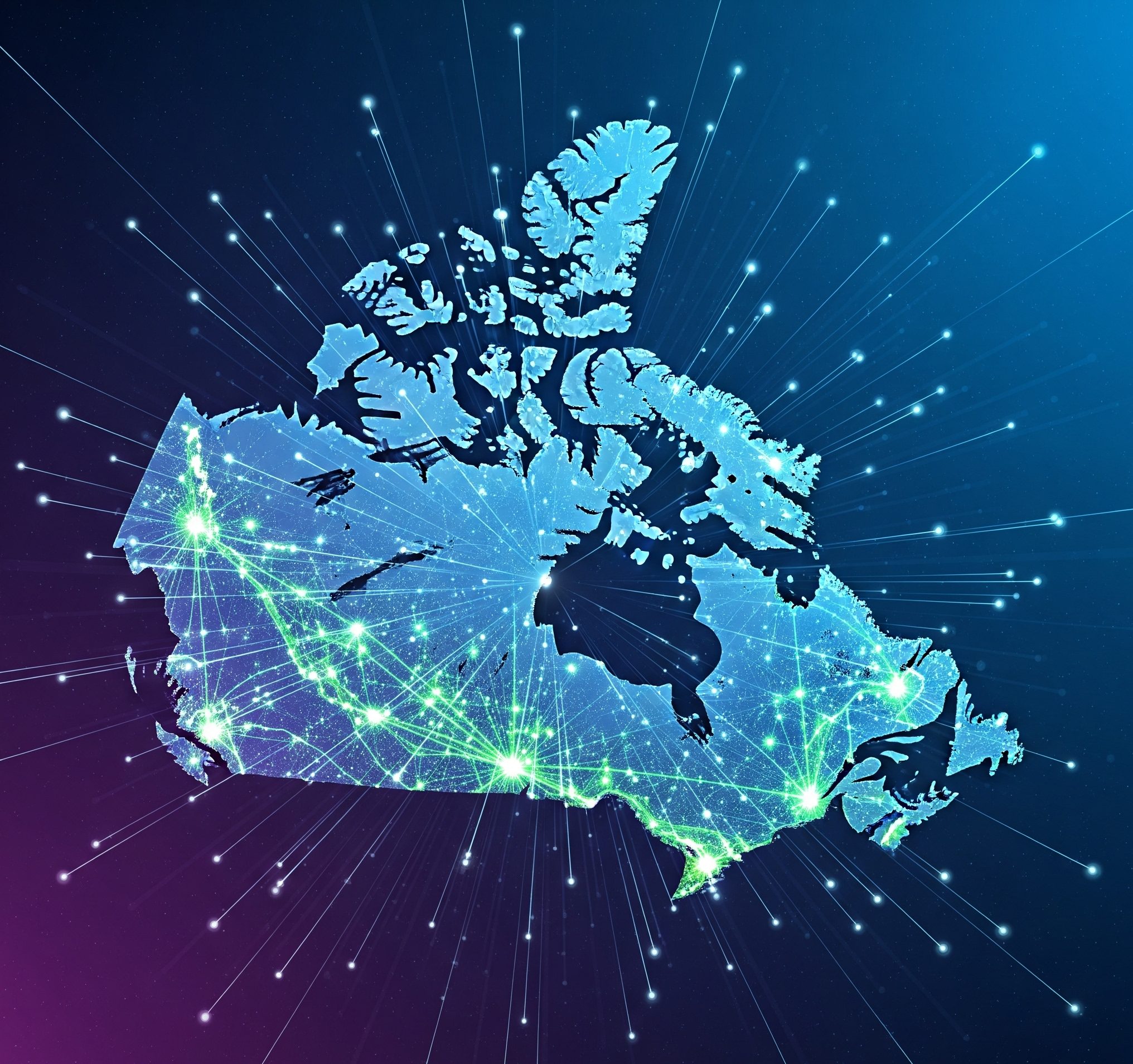
Understanding Call Blocking and Spam Filters
Many mobile carriers and third-party apps offer call blocking and spam filtering services. These tools often leverage databases of known scam numbers and suspicious patterns, including the use of invalid area codes. While these tools are effective, they are not foolproof, emphasizing the need for personal vigilance.
How to Check Valid Area Codes
If you’re ever unsure about an area code, there are reliable resources available to verify its legitimacy:
- Online Area Code Lookups: Numerous websites provide searchable databases of active U.S. area codes. A quick search for “U.S. area codes list” will yield several reputable results.
- North American Numbering Plan Administrator (NANPA) Website: The NANPA is the official organization responsible for administering the NANP. Their website (https://www.google.com/search?q=nationalnanpa.com) provides detailed information on area code assignments and plans. This is the authoritative source for verifying any area code.
- Your Phone Carrier: Your mobile or landline phone carrier may also have resources or customer service representatives who can assist with area code inquiries.
The Evolving Landscape of U.S. Area Codes
While what area code is 622 currently points to an unassigned code, the NANP is a dynamic system. As populations grow and telecommunications technologies advance, new area codes are periodically introduced. This ensures that every phone line and device can have a unique identifier.
For example, overlay plans have become increasingly common. Instead of splitting an existing area code into two, a new area code is “overlaid” on top of an existing one. This requires ten-digit dialing for all calls within that region, even local ones, but it avoids the disruptive process of changing existing numbers.
Staying Informed
For an American audience, staying informed about changes in area codes is generally not a daily concern, but being aware of where to find reliable information is beneficial. Reputable news sources and official telecommunications announcements will cover any significant changes to area code assignments in your region.
Conclusion: The Importance of a Valid Connection
The question of what area code is 622 serves as a useful case study in understanding the structured nature of the North American Numbering Plan. Its unassigned status highlights the meticulous management of phone numbers and underscores the importance of verifying unfamiliar callers. In an era of increasing digital communication and sophisticated scamming tactics, an informed American public is the first line of defense. By understanding how area codes work and knowing where to find reliable information, individuals can better protect themselves from fraudulent calls and ensure they are always connecting with legitimate contacts.



